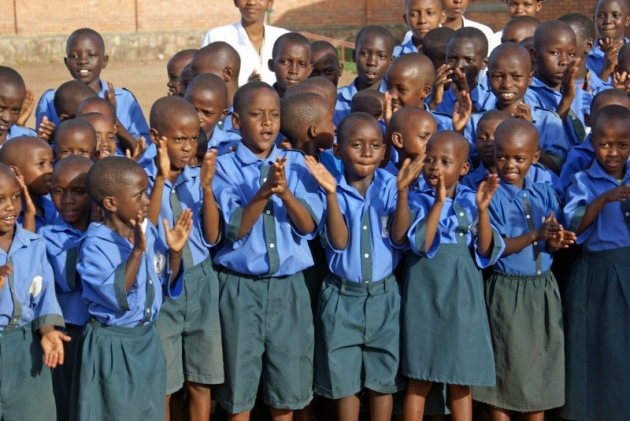FID recognises that there is strong link between improving health of a community and levels of educational attainment. To be able to educate people on how to improve hygiene, how to access health care provisions among other things, it is essential that there is a high level of literacy, particularly among women.
Literacy levels in The Gambia are relatively low with only 50% of the total population being literate. A closer look at this figure show that 60% of the male population is literate compared to only 40% of the female population. School life expectancy (primary to tertiary education) stands at 9 years total schooling and this figure is the same for both sexes. To put these figures into perspective the level of literacy in Ireland is 99% total population and the same for both sexes. While school life expectancy is twice that of The Gambia standing at 18 years and again this is the same for both sexes.
There are 368 Lower Basic Schools (Age group 7 – 13), 89 Upper Basic Schools (Age group 13 – 19), 62 Basic Cycle Schools (combination of the lower and upper Basic School; Age group 7 – 19) and 55 Senior Secondary Schools (Age group 16 – 19). The vast majority of Gambian students attend government schools (75%); there are a growing number of private and international private secondary schools in the country, however these are out of reach for the fast majority of families.

